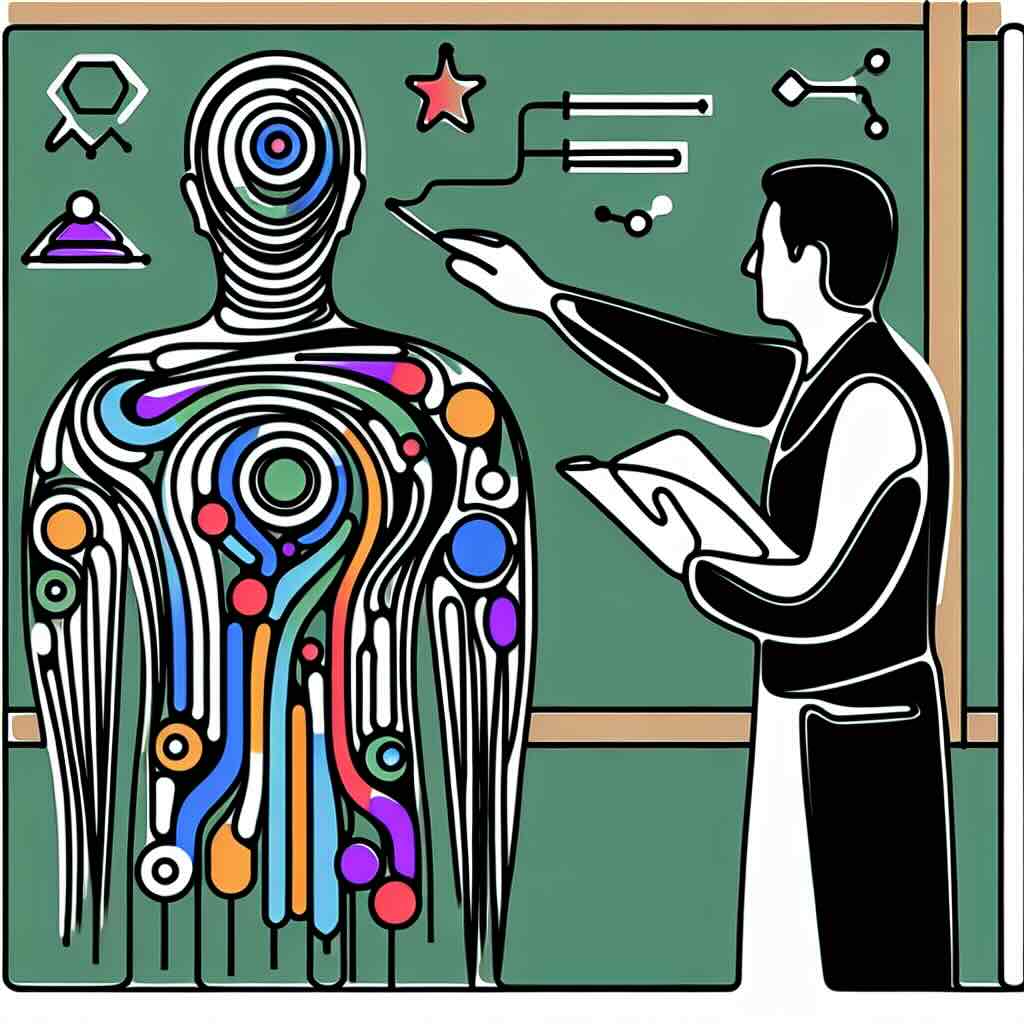Instructional designers can find the best balance between synchronous and asynchronous activities
Choosing between synchronous and asynchronous learning is a critical decision in instructional design. Each mode offers distinct advantages, and selecting the right one depends on factors such as learner needs, content type, and course objectives. This post explores when to use each approach, helping you design effective and engaging learning experiences.
Table of Contents:
- Introduction to Synchronous and Asynchronous Learning
- What is Synchronous Learning?
- What is Asynchronous Learning?
- Key Factors for Choosing Between the Two
- Practical Scenarios and Examples
- Benefits of Each Approach
- Risks of Misaligned Selection
- One Thing You Can Try Today
- Conclusion
- Try it Yourself
- Related Topics
1. Introduction to Synchronous and Asynchronous Learning
As technology transforms education, instructional designers often face the choice between synchronous and asynchronous learning. Each method serves unique purposes, and understanding their differences can improve learner engagement and outcomes. This decision is influenced by factors such as interactivity, time zones, and learner autonomy, making it essential to align the learning format with course goals & learner need.
2. What is Synchronous Learning?
Synchronous learning occurs in real-time, requiring participants to be present simultaneously. This mode includes live webinars, virtual classrooms, and in-person workshops. It fosters immediate interaction, enabling learners to ask questions, engage in discussions, and receive instant feedback. Synchronous learning is ideal for collaborative tasks, group projects, and scenarios that require real-time problem-solving or mentoring.
3. What is Asynchronous Learning?
Asynchronous learning allows learners to access content at their convenience, independent of time or location. Examples include pre-recorded videos, discussion forums, and self-paced modules. This mode offers flexibility, making it suitable for learners balancing education with work or personal commitments. Asynchronous learning supports deep reflection and caters to diverse learning speeds, ensuring accessibility for a broader audience.
4. Key Factors for Choosing Between the Two
When deciding between synchronous and asynchronous learning, consider:
- Learner Profile: Are participants geographically dispersed or juggling multiple responsibilities?
- Content Type: Does the material require live demonstrations or group discussions?
- Engagement Needs: How crucial is immediate interaction for achieving learning objectives?
- Technology Access: Do learners have reliable internet and access to required tools?
- Time Sensitivity: Is there a deadline that necessitates real-time participation?
By evaluating these factors, instructional designers can determine the best fit for their learners.
5. Practical Scenarios and Examples
Synchronous learning works well for live workshops, training sessions, or interactive webinars. Asynchronous learning tends to perform better when learners progress through standard modules, or knowledge-based courses that requires time to review, reflect and apply their learning. Hybrid models, combining both approaches, can also be effective in meeting diverse needs.
6. Benefits of Each Approach
- Synchronous Learning: Promotes real-time collaboration, fosters community, and provides immediate support.
- Asynchronous Learning: Enhances flexibility, supports self-paced learning, and accommodates diverse schedules.
7. Risks of Misaligned Selection
- Low engagement if learners struggle with time management constraints in synchronous sessions.
- Missed opportunities for collaboration in overly self-directed asynchronous formats.
- Frustration due to barriers, such as poor internet connectivity or access to live events.
- Misalignment with learning objectives, leading to reduced opportunity to demonstrate outcomes.
- Reduced accessibility for learners with specific time or content needs.
8. One Thing You Can Try Today
Review a course you’ve designed and assess its delivery format for a key activity. Identify whether the current synchronous or asynchronous approach aligns with the content, learner needs, and objectives. Adjust one module to better fit its purpose and evaluate the impact on engagement.
9. Conclusion
The choice between synchronous and asynchronous learning is not about which is better but about which is better suited to the specific learning context. By considering learner needs, course objectives, and practical constraints, instructional designers can create impactful and accessible learning experiences.
10. Try it Yourself
- Analyse your current or upcoming course and identify its primary learning needs.
- Use the criteria shared above to select the most appropriate learning format.
- Pilot a blended approach and gather feedback from learners to refine your decision.
11. Related Topics
- Advantages and challenges of blended learning.
- How to increase engagement in asynchronous learning.
- Tools for hosting effective synchronous sessions.
- Designing courses for accessibility and inclusivity.







